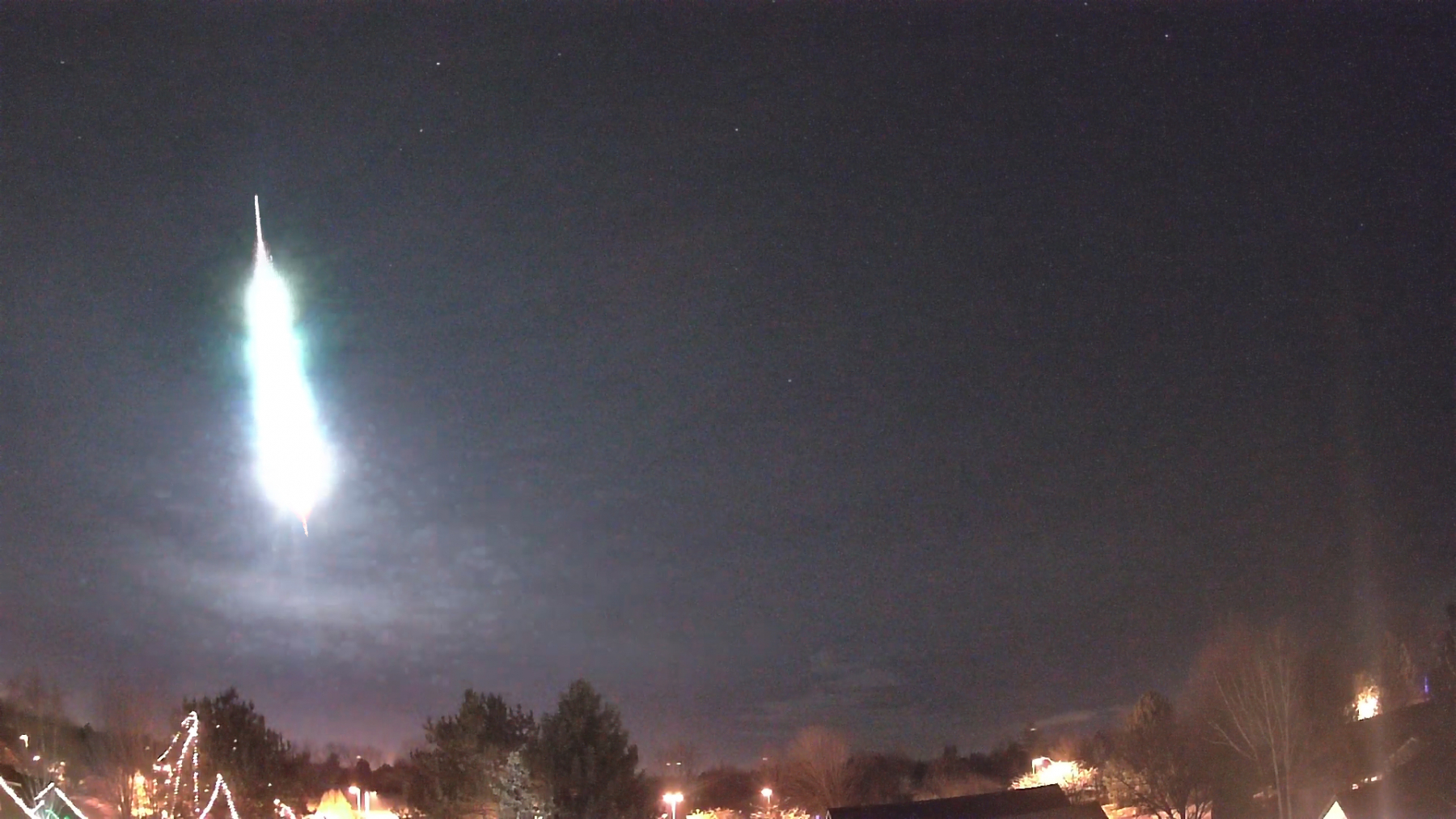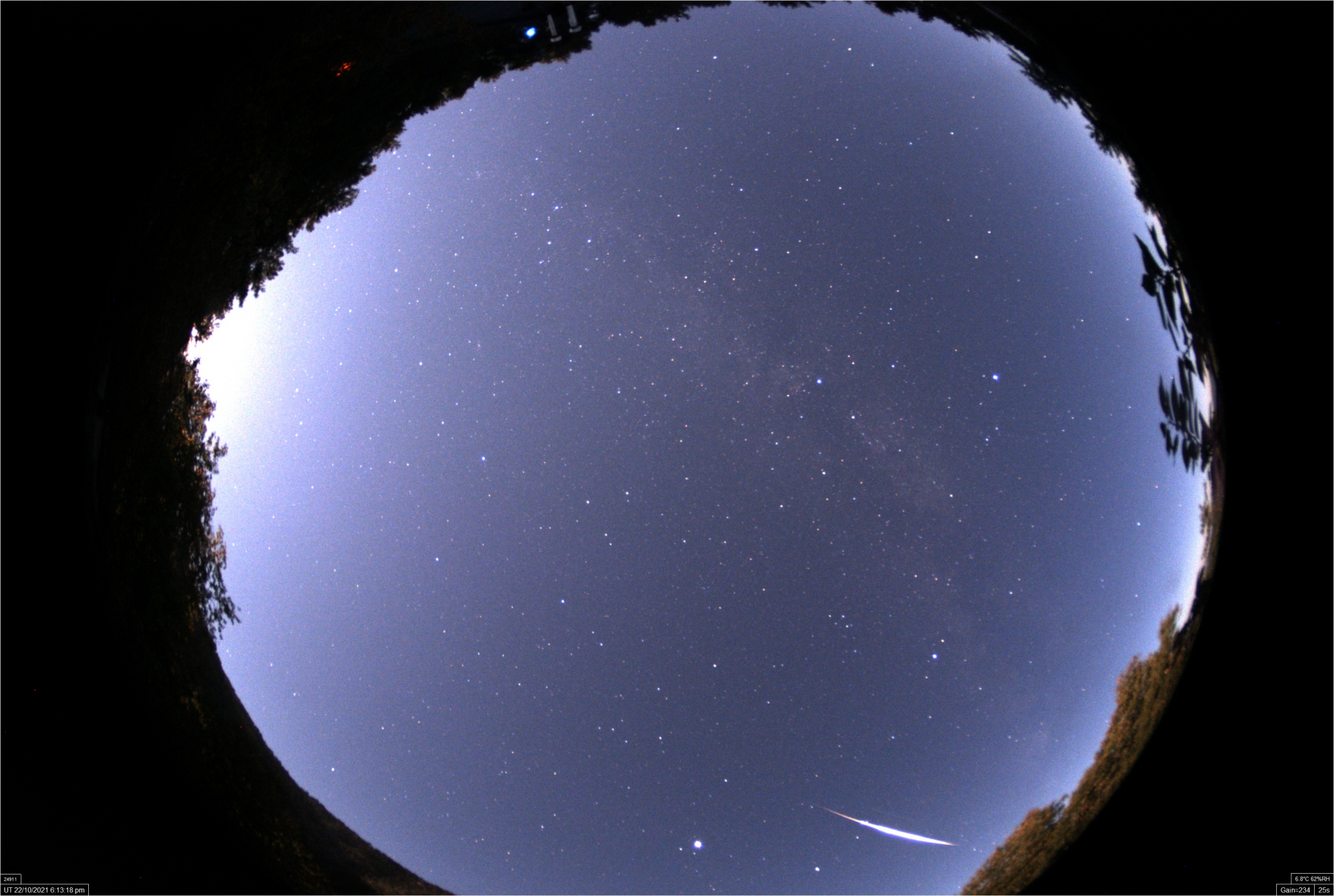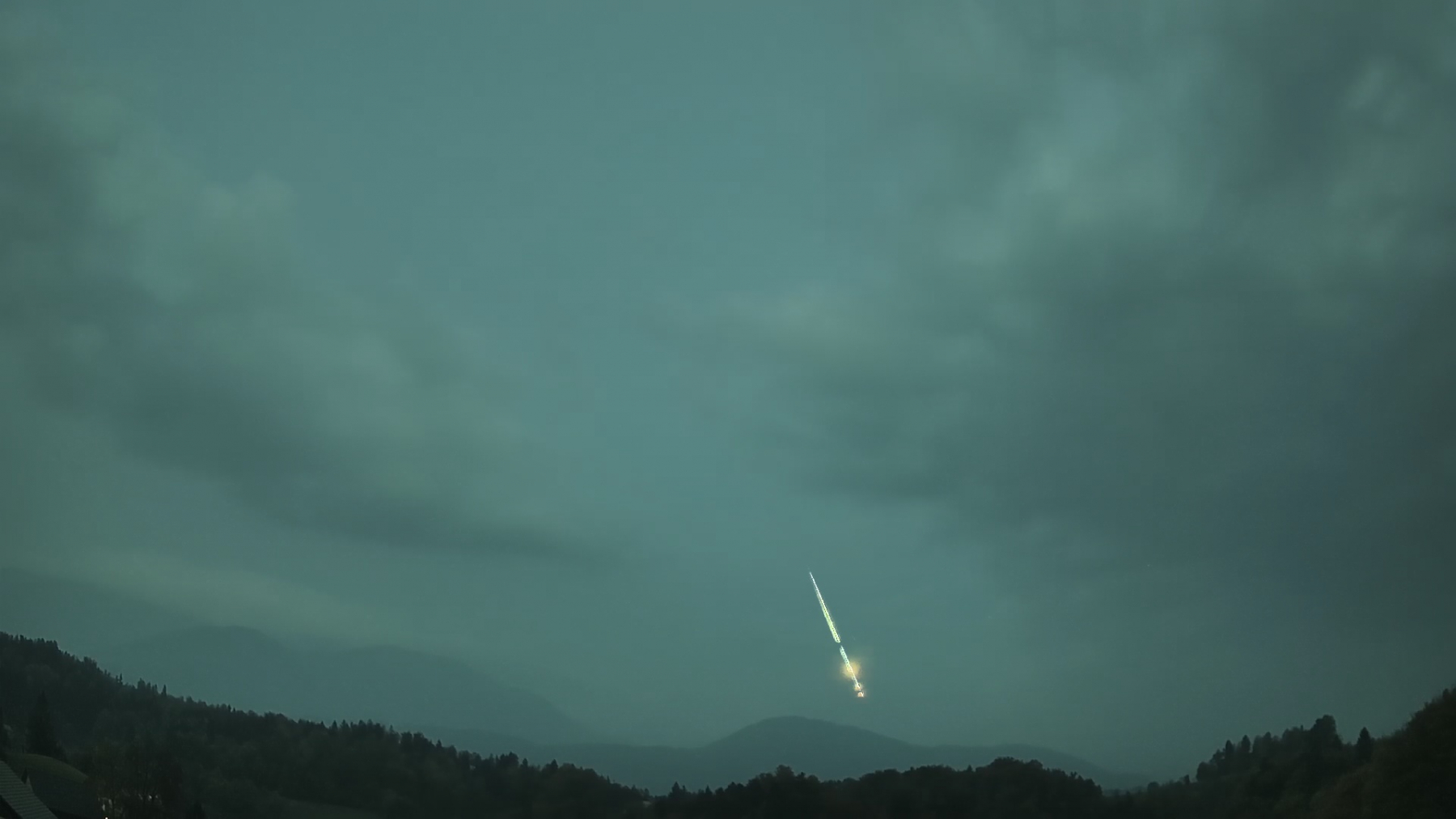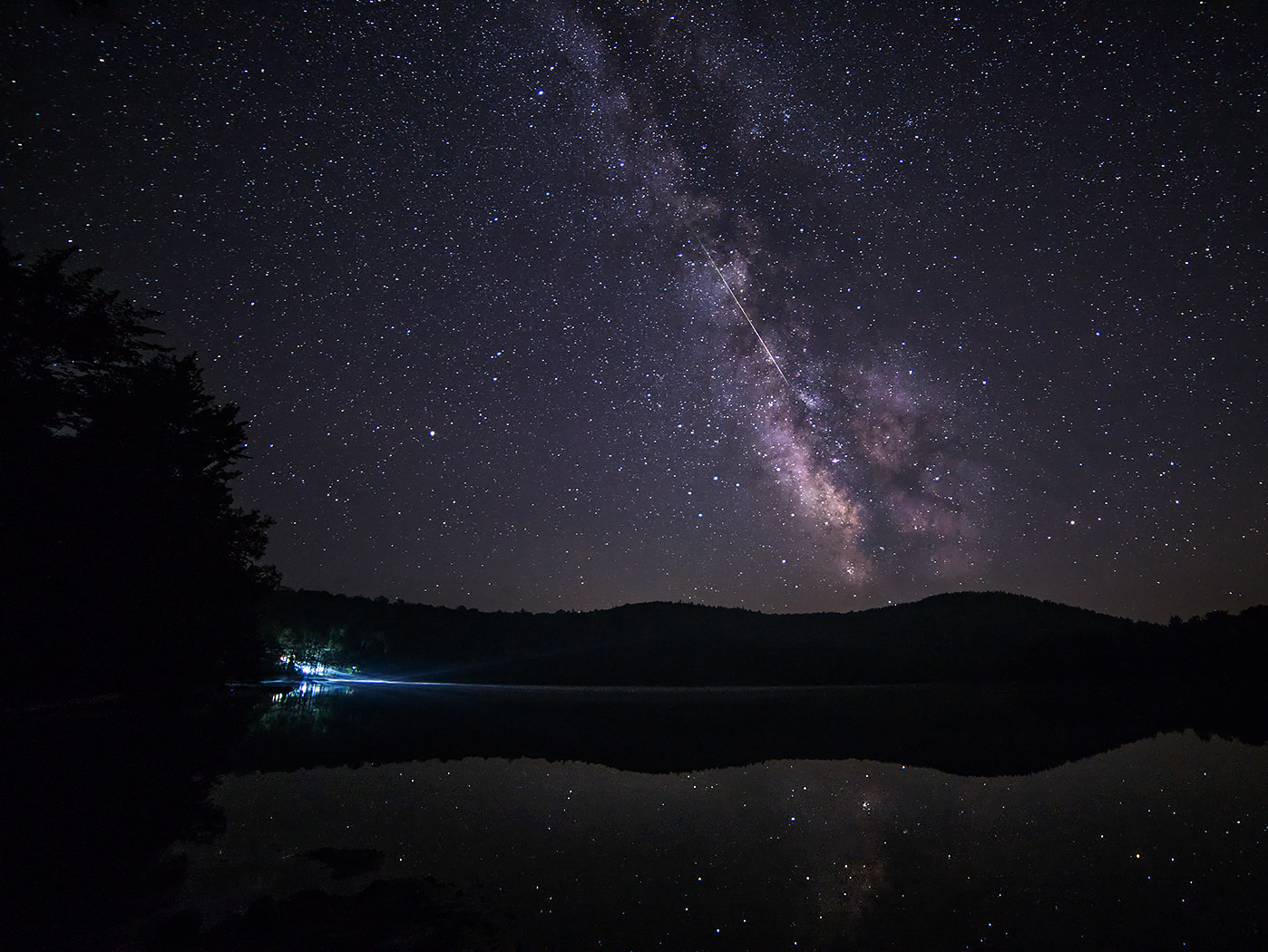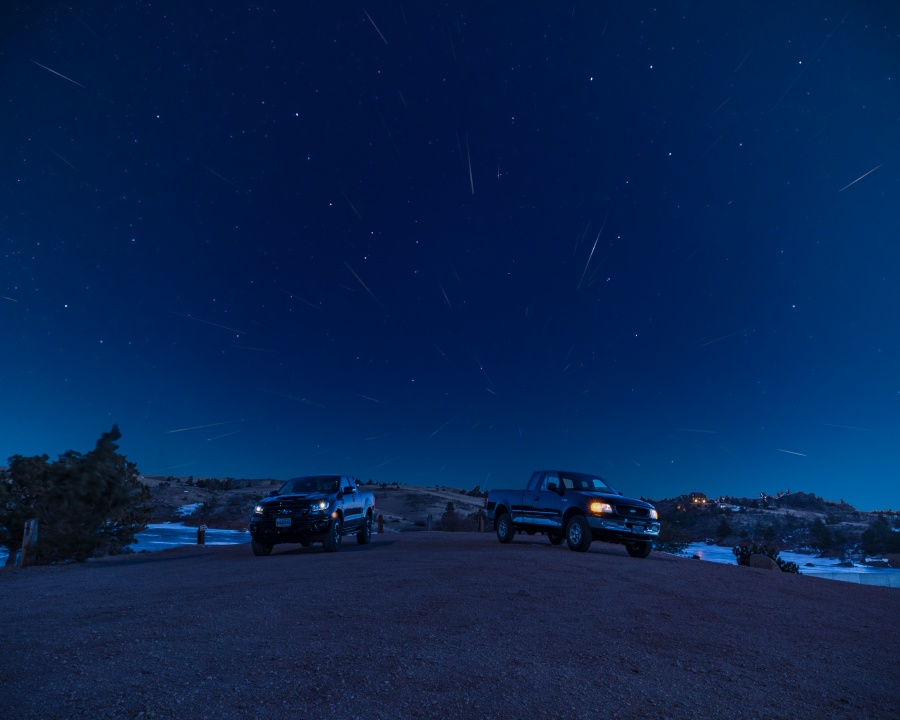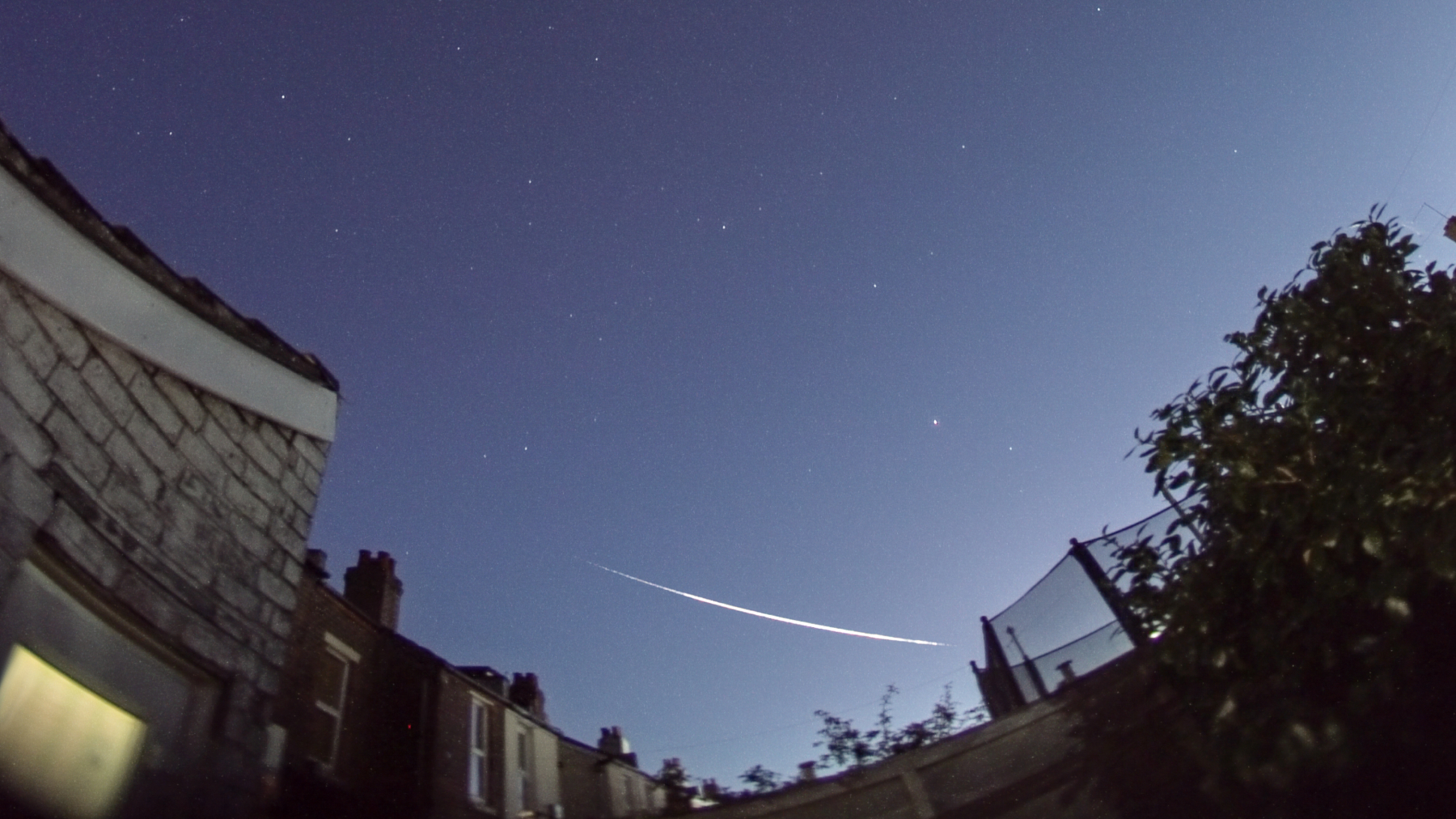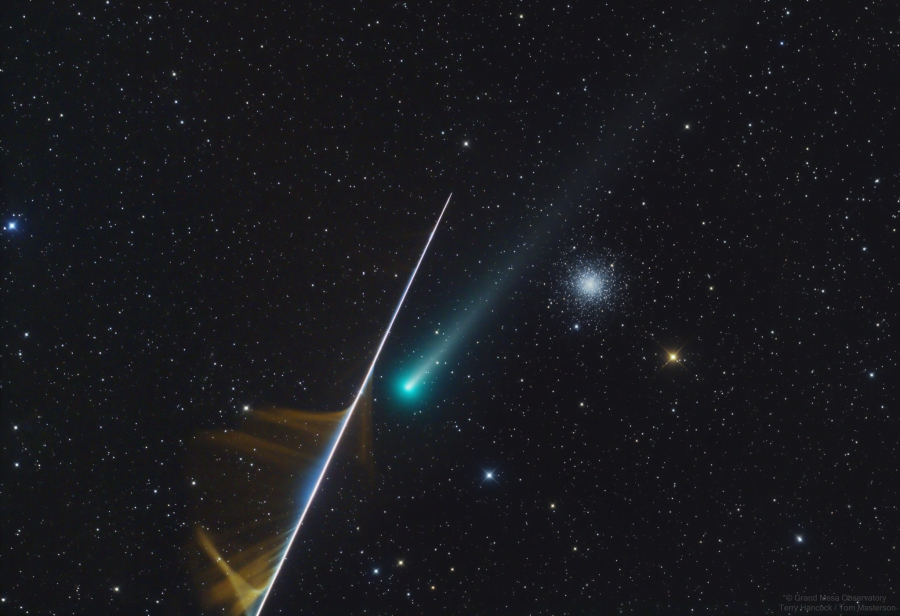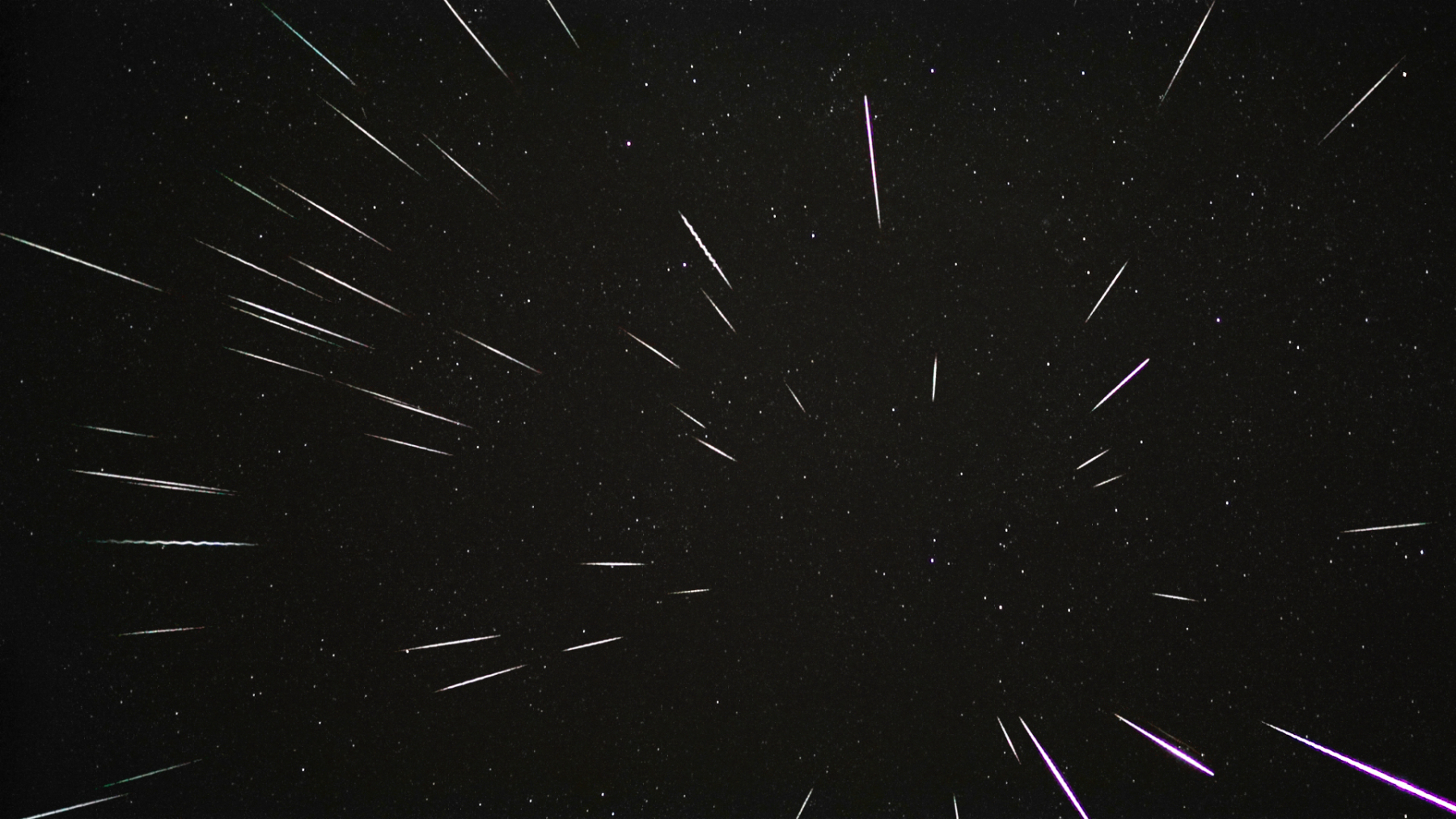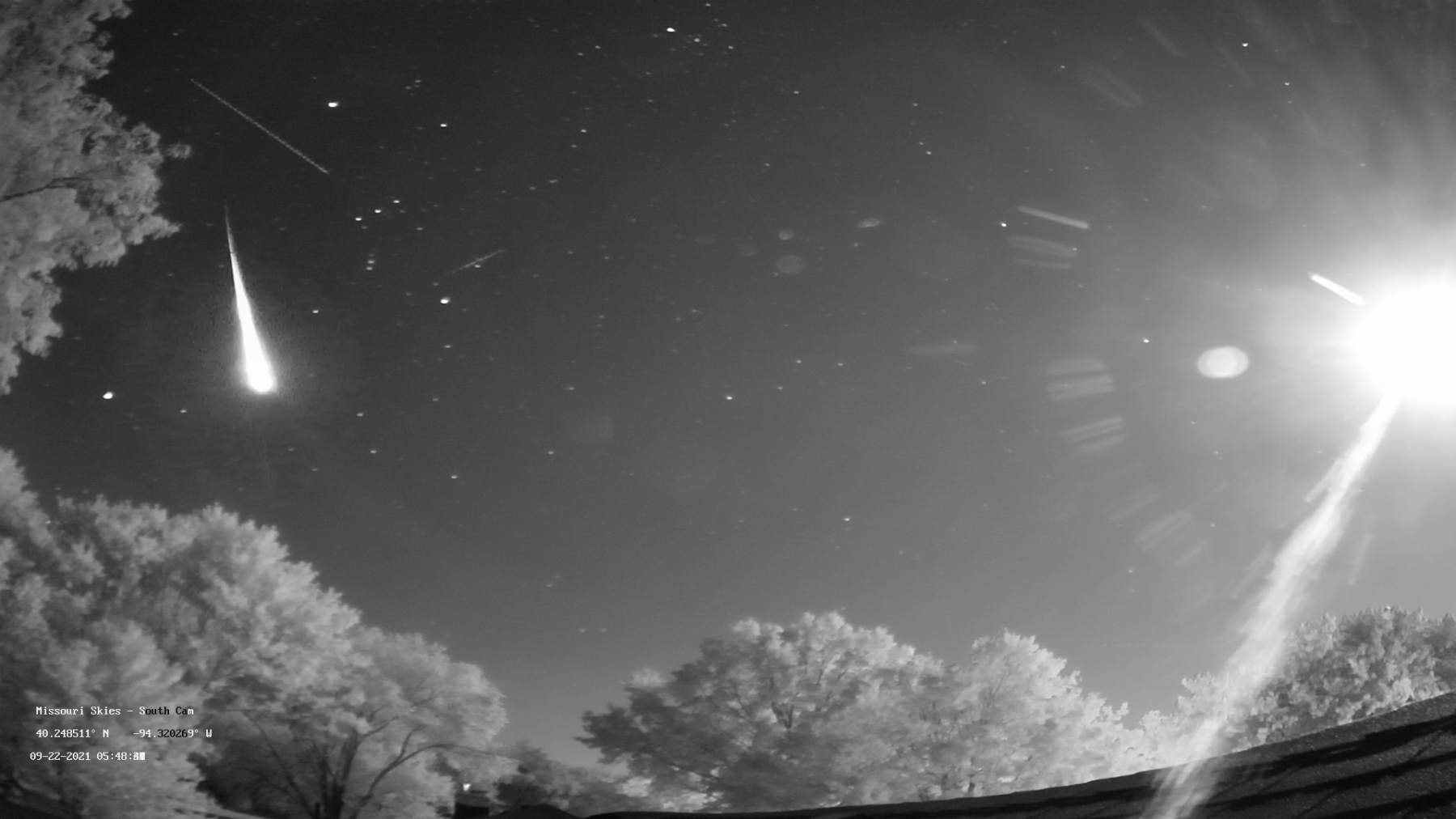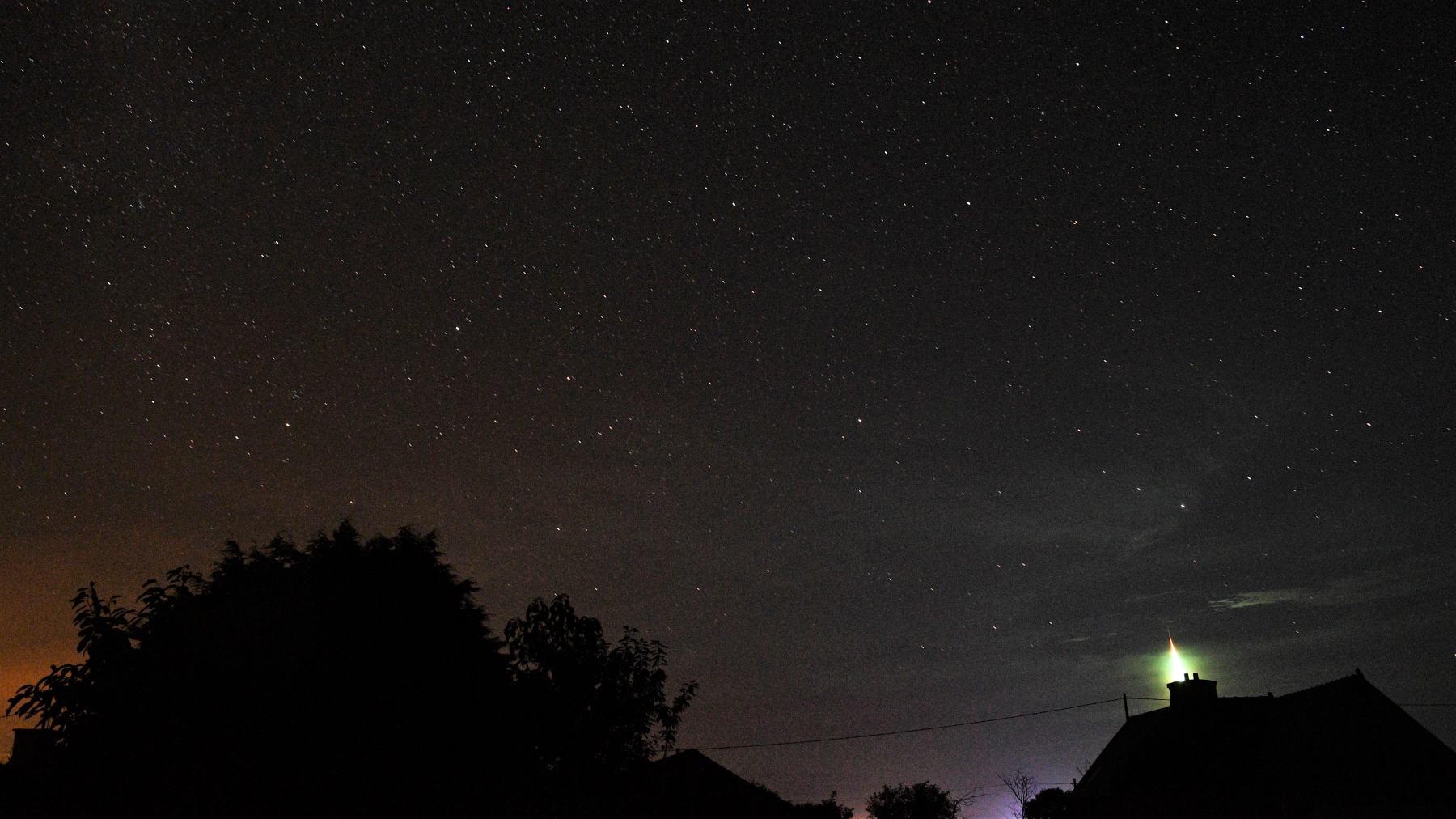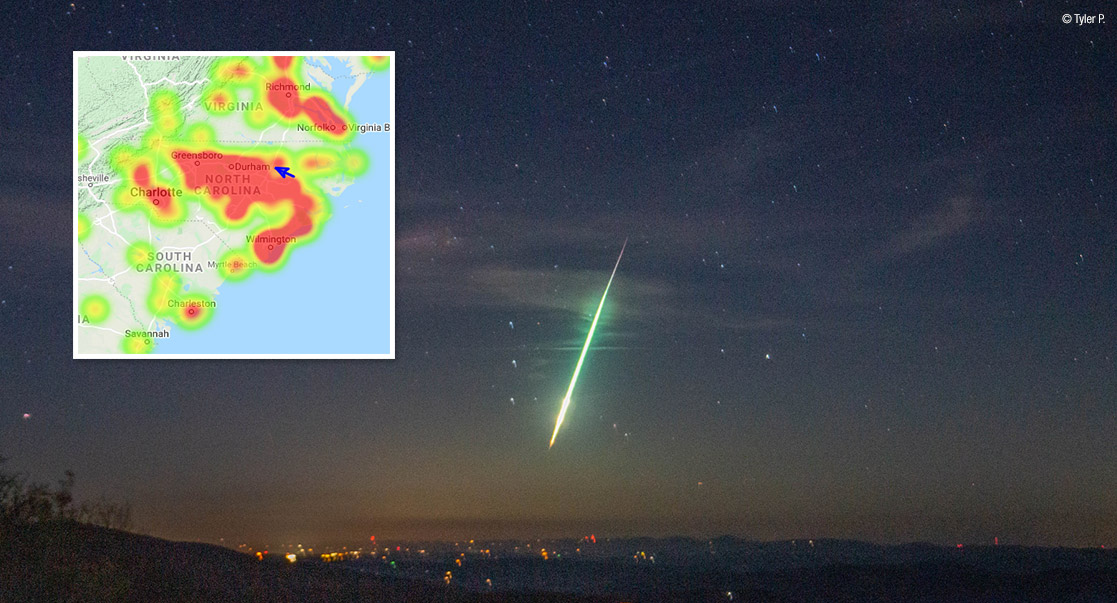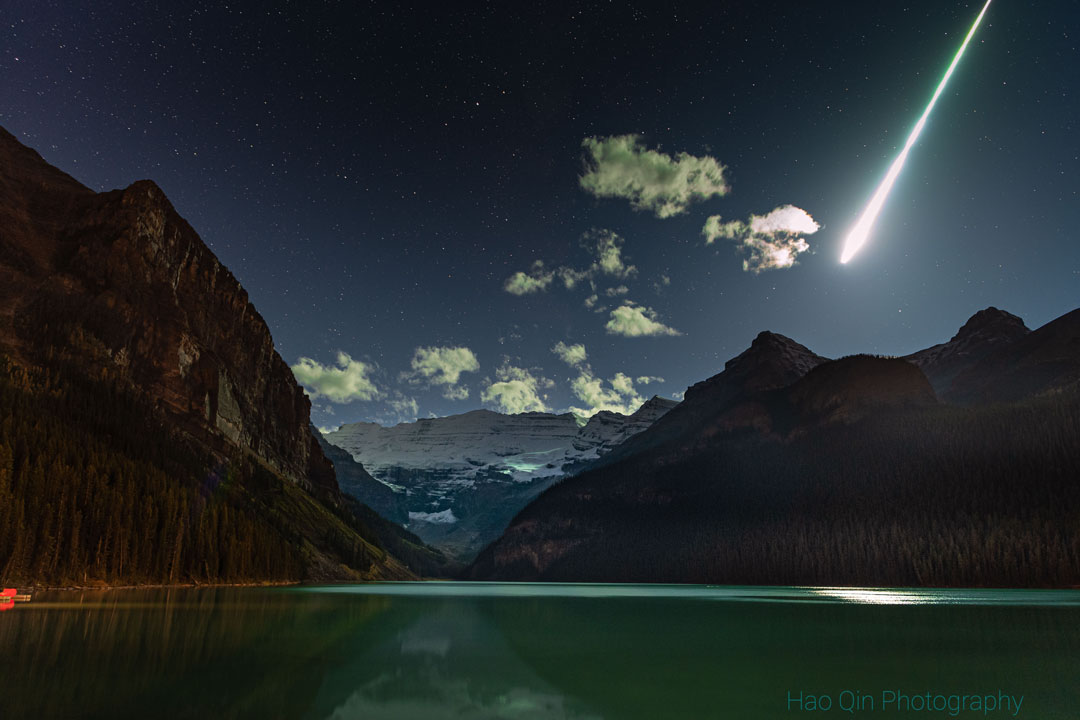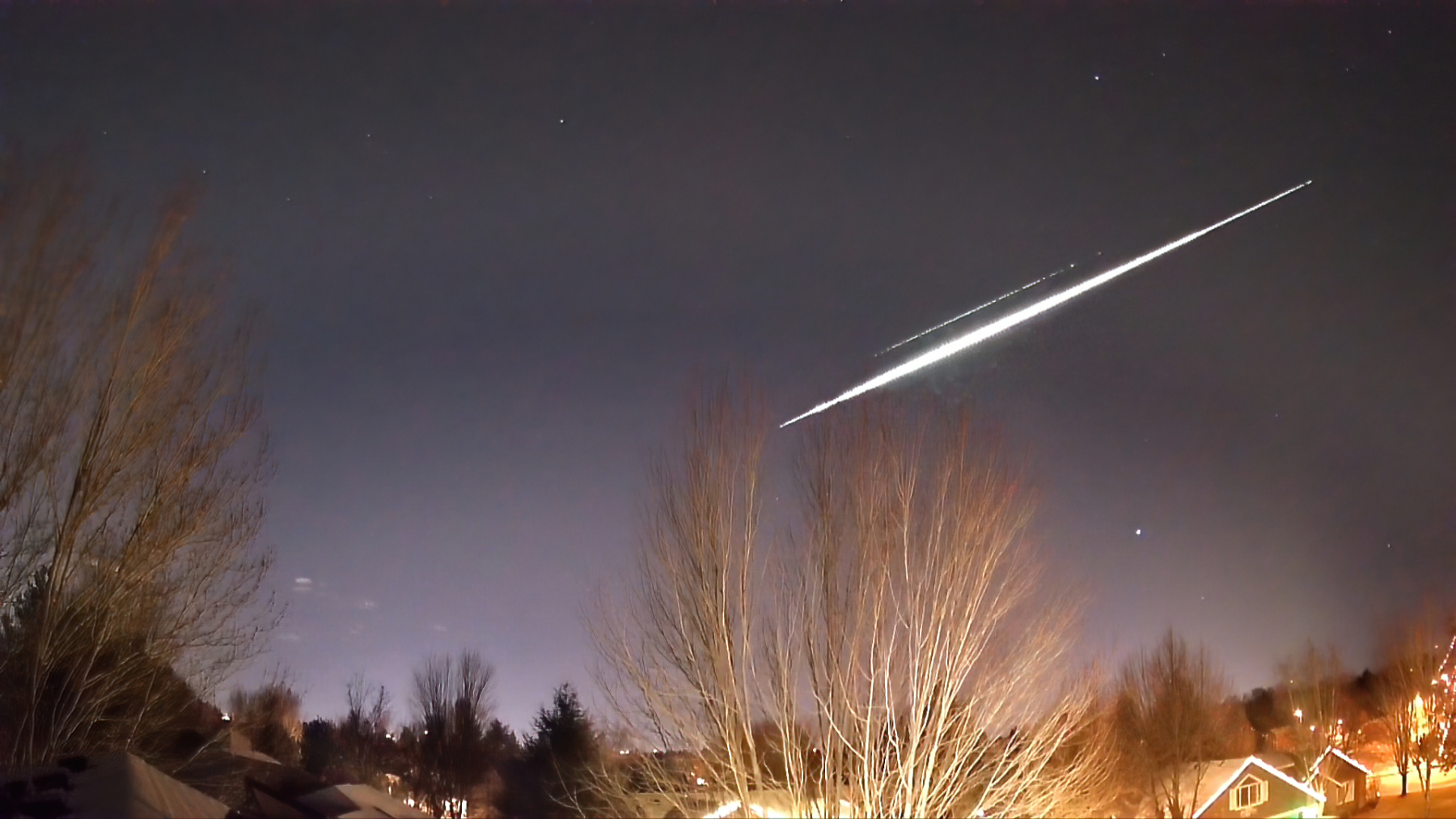
Meteor Activity Outlook for February 12-18, 2022
During this period, the moon reaches its full phase on Wednesday February 16th. At that time the moon lies opposite the sun and remains in the sky all night long. This weekend the waxing gibbous moon will set during the early morning hours, leaving a couple of hours to view in dark skies prior to dawn.
 American Meteor Society
American Meteor Society

